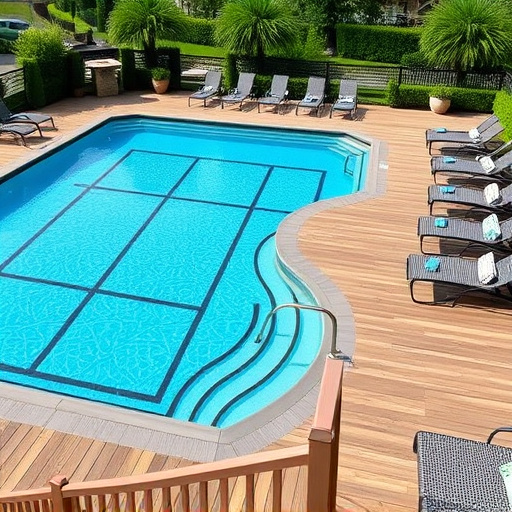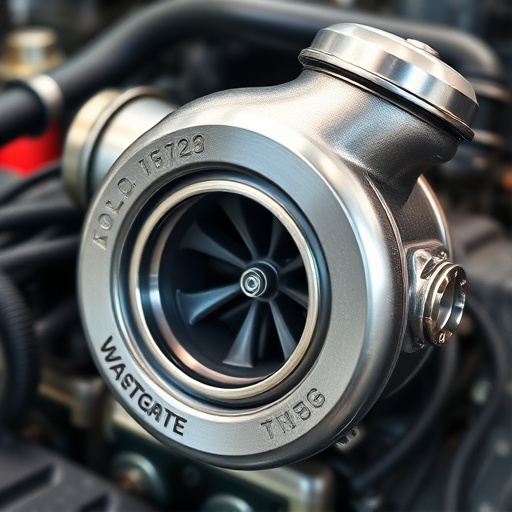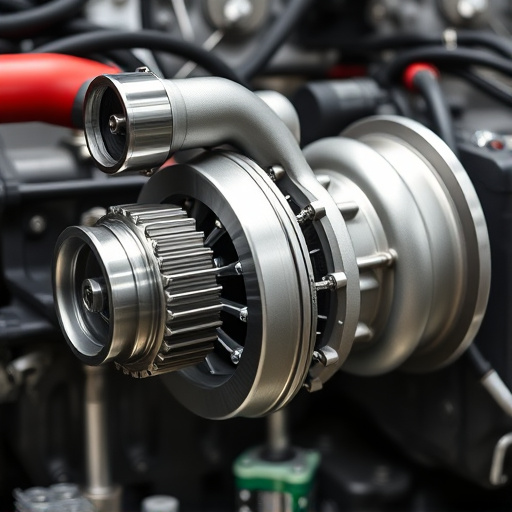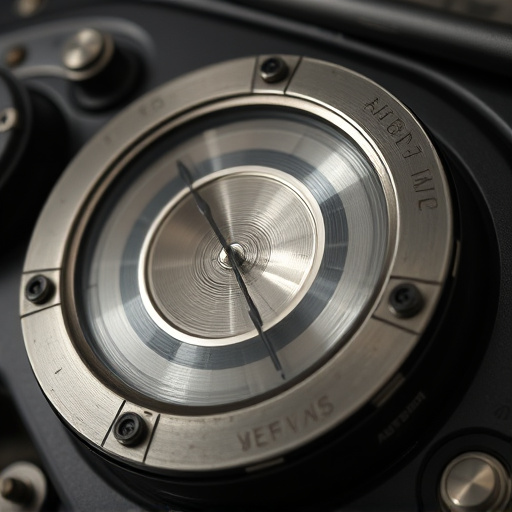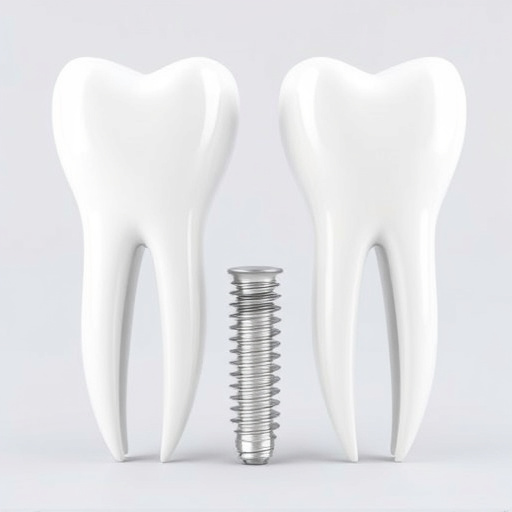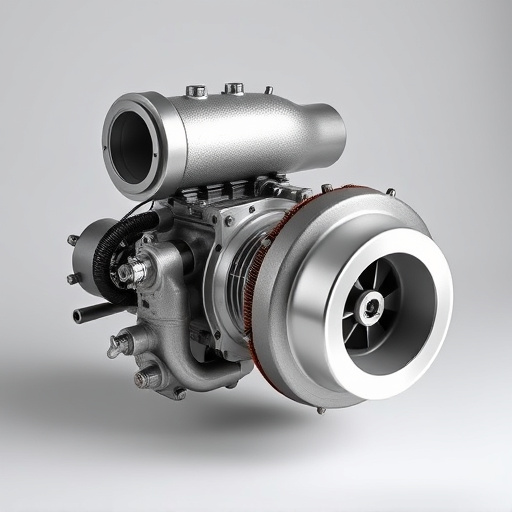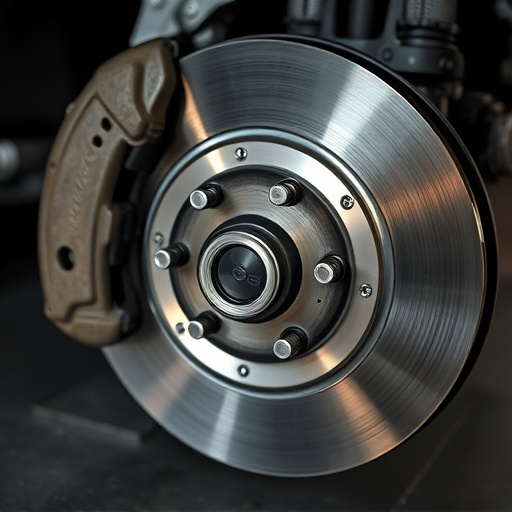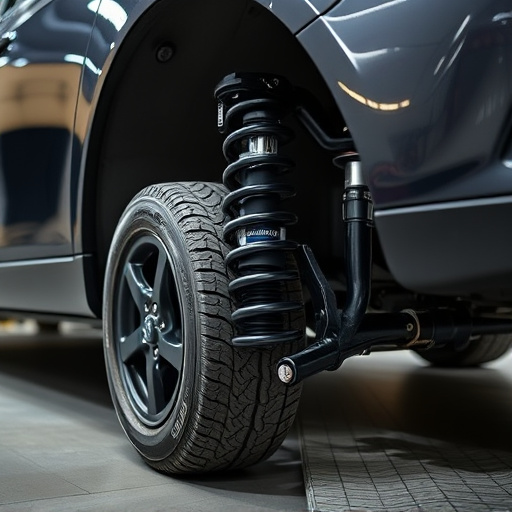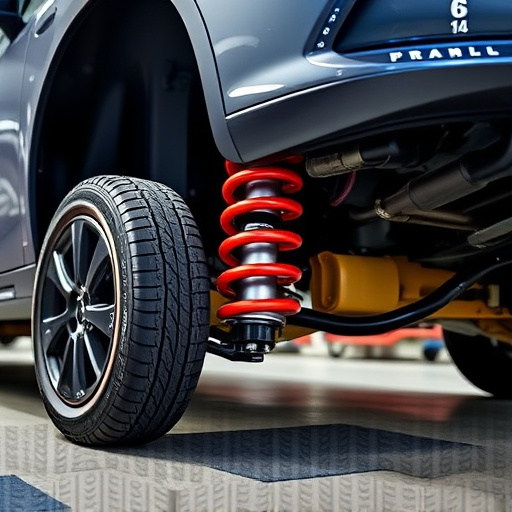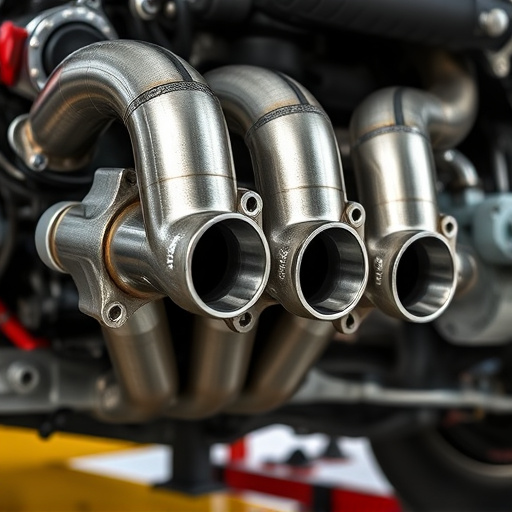Sway bar bushings, essential components of a vehicle's anti-roll bar system, enhance cornering capability by absorbing shock and preventing excessive suspension movement. Made from materials like rubber or metal composites, they connect the sway bar to the chassis or suspension, improving control, stability, and power transfer during cornering. High-performance bushings offer enhanced responsiveness for better grip under extreme conditions, catering to diverse driving styles from daily commutes to track days.
Sway bar bushings, an often-overlooked component in a vehicle’s suspension system, play a crucial role in enhancing cornering and stability. This article delves into the fundamental functions and components of sway bar bushings, explaining how they improve vehicle handling during turns. We explore different types of bushings, their materials, and designs, revealing how these choices impact overall performance. Understanding sway bar bushings is key to optimizing your ride’s agility and safety.
- Understanding Sway Bar Bushings: The Basic Function and Components
- How Sway Bar Bushings Enhance Vehicle Cornering and Stability
- Types of Sway Bar Bushings: Materials, Designs, and Their Impact on Performance
Understanding Sway Bar Bushings: The Basic Function and Components
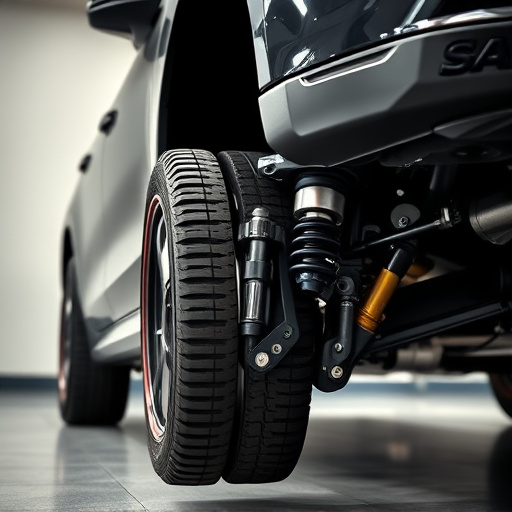
Sway bar bushings play a crucial role in a vehicle’s cornering capability. These components are part of the vehicle’s anti-roll bar system, designed to reduce body roll during turns. By allowing for some flexibility, sway bar bushings absorb shock and prevent excessive movement of the suspension components. This ensures better control and stability, especially at high speeds or on uneven roads.
The basic function of a sway bar bushing involves connecting the anti-roll bar (sway bar) to the vehicle’s chassis or suspension. They are typically made from materials like rubber, plastic, or metal composites. In many modern vehicles, these bushings are integral parts of complex suspension systems, such as coilover kits, which combine springs and dampeners for enhanced control. Unlike exhaust systems that focus on gas flow, or suspension kits that overhaul the entire suspension, sway bar bushings provide a more targeted improvement to cornering dynamics.
How Sway Bar Bushings Enhance Vehicle Cornering and Stability
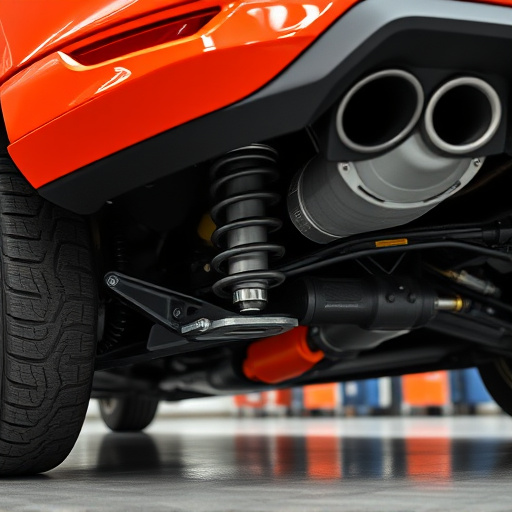
Sway bar bushings play a pivotal role in enhancing vehicle cornering and stability. These components facilitate smooth communication between the vehicle’s suspension system and steering mechanism, ensuring that each wheel responds accurately to driver inputs. By allowing for precise adjustments in wheel alignment, sway bar bushings optimize the transfer of power from the engine to the road during cornering, leading to improved grip and better handling dynamics.
Additionally, high-performance sway bar bushings contribute to a more responsive and predictable vehicle behavior, especially when combined with top-tier suspension kits and performance exhaust systems. They enable drivers to navigate corners with greater confidence, ensuring that the vehicle remains stable even under heavy braking or acceleration. This enhances overall driving pleasure and safety, making them an essential consideration for those seeking to upgrade their high-performance parts for optimal cornering capability.
Types of Sway Bar Bushings: Materials, Designs, and Their Impact on Performance
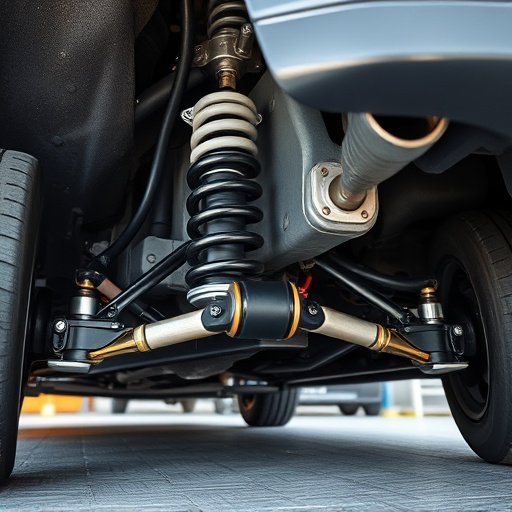
Sway bar bushings are a crucial component that connects the sway bar to the vehicle’s suspension system. They come in various types, each designed for specific performance needs and driving conditions. The choice between different materials and designs can significantly impact how well your vehicle navigates turns and corners.
Commonly used materials include high-quality rubber, polyurethanes, and metal components. Rubber bushings offer a balance of flexibility and durability, suitable for most vehicles and driving styles. Polyurethane alternatives excel in extreme conditions, providing enhanced durability and reduced compression set over time. Metal bushing designs, often employed in performance exhaust, cold air intakes, and advanced suspension systems, prioritize rigidity and precision alignment, resulting in improved cornering accuracy but may require more frequent replacement due to increased wear. These variations cater to a wide range of driving preferences and vehicle setups, ensuring optimal handling characteristics, from everyday comfort to track-day agility, even with the inclusion of high-performance brakes.
Sway bar bushings play a pivotal role in enhancing vehicle cornering and stability. By understanding their basic function, the materials used, and the various designs available, car enthusiasts can make informed decisions when it comes to optimizing their ride dynamics. The choice of sway bar bushings can significantly impact handling, ensuring a smoother and more responsive driving experience. Incorporating the right bushings is thus a game-changer for those seeking to unravel the full potential of their vehicle’s cornering capabilities.

